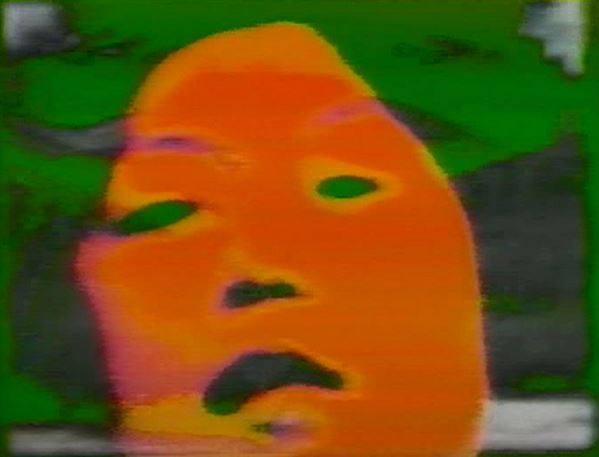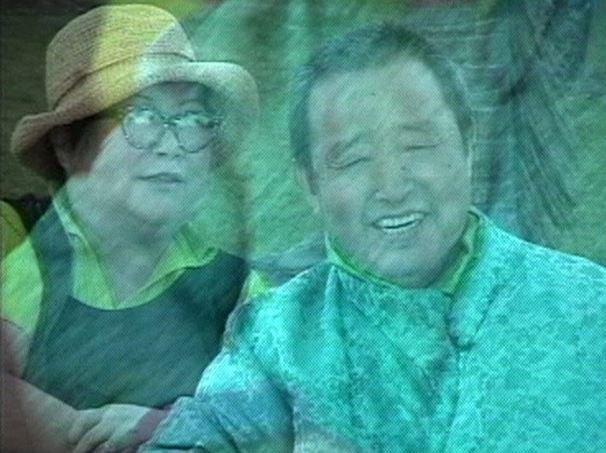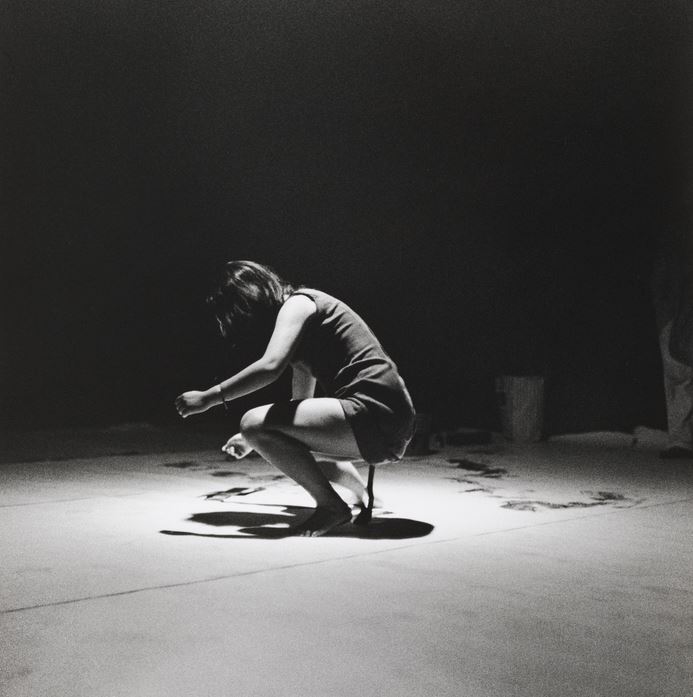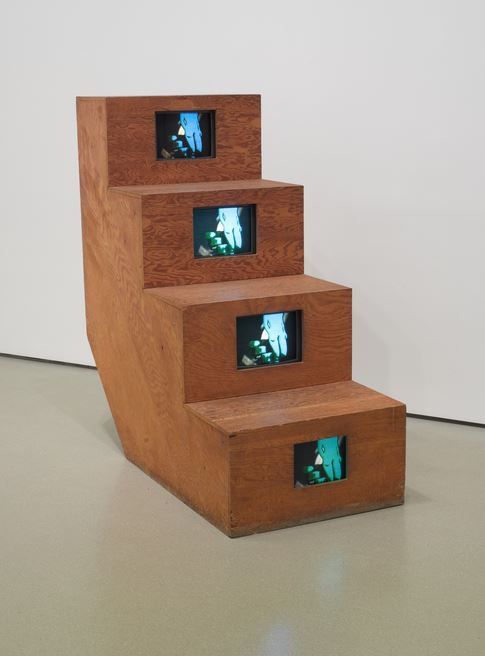People
Fluxus Artist Shigeko Kubota, Wife of Nam June Paik, Dies at 77


by
Christie Chu


Shigeko Kubota, Winter In Miami (2006).
Photo: Courtesy of MoMA.
Japanese-born video artist Shigeko Kubota died last Thursday in New York while battling cancer, according to the Korea Times. She was 77 years old.
Born on August 2, 1937 in Niigata, Japan, Kubota studied sculpture at the Tokyo University of Education. In 1964, at the persuasion of George Maciunas, a founding member of the Fluxus movement, Kubota moved to New York to study at New York University and the New School for Social Research.
Like her peers in the Fluxus movement, which included Yoko Ono and Nam June Paik, her husband whom she married in 1977, Kubota was greatly influenced by the ideas of Marcel Duchamp and composer John Cage. In 1965, the artist performed her well-known Vagina Painting during a Fluxus festival, in which she attached a paint brush to the back of her skirt and then squatted to make marks on a paper laid on the floor. The red paint she used evoked a woman’s menstrual cycle. Because it also critiqued Jackson Pollock‘s action paintings, many labeled the performance as a feminist work of art.

Shigeko Kubota, Vagina Painting (1965).
Photo: Courtesy of MoMA.
However, Kubota disclosed she never saw herself as a “feminist.” In an interview with the Brooklyn Rail in 2007, she told the paper, “Male or female, art is art. People can put me in the Feminist category all they want, but I didn’t think I can make any real contribution other than my work as an artist.”
In 1967, Sony introduced the portable camera and Kubota fully embraced it. She began making video works such as My Father (173–1975), where she documented her father’s battle with cancer and her subsequent mourning after his death. Later, she went on to integrate her videos into sculptures.

Shigeko Kubota, My Father (1973–1975).
Photo: Courtesy of MoMA.
Often compared to her husband, Kubota explained their personal and professional relationship in a 2009 interview for Oral History Archives of Japanese Art. “We are very different, like water and oil. Even when I did my own stuff, people said, ‘She imitates Nam June.’ I found it infuriating. So I headed further in the direction of Duchamp. When Nam June went populist, I went for high art.”
Kubota taught at the School of Visual Arts in Manhattan and was an artist in residence at Brown University in Rhode Island as well as the School of the Art Institute of Chicago. She is survived by three sisters, Yuko Kubota, Yushio Kubota, and Genji Kubota.

Shigeko Kubota, Duchampiana: Nude Descending Staircase (1976).
Photo: Courtesy of MoMA.